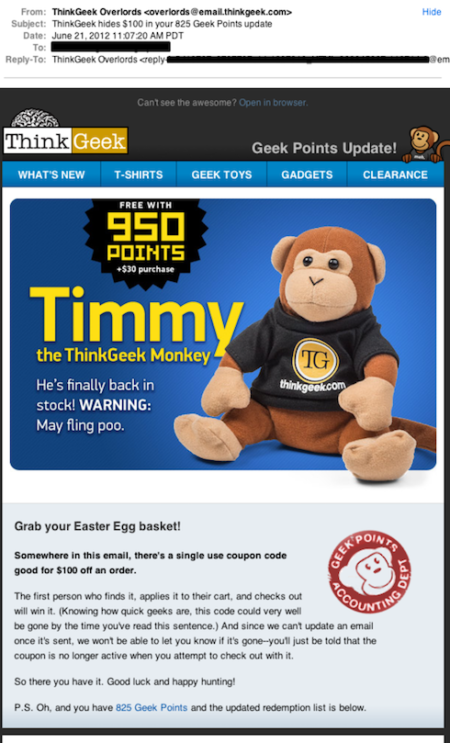Yahoo looking harder at engagement
In a post this morning, Dan Deneweth from Responsys says he’s received confirmation from Yahoo that they have increased the value of engagement metrics when making delivery decisions.
The really great thing, for the ISPs, about engagement metrics is that they directly measure how much a particular email is wanted by recipients. There’s no guessing about it, it measures how engaged the recipient is with a mail. Even better is the fact that, unlike proxy metrics, engagement metrics are extremely difficult for the sender to manipulate. As a sender I can artificially lower complaints and bounces without improving the mail I’m sending. But I can’t improve engagement metrics without actually engaging my recipients.
As I wrote back in 2010:
[S]enders can’t fake engagement the way they can other metrics. Marginal senders will struggle to adapt to the new conditions. Better senders will need to change some things, but will improve their marketing to meet the new standards. Overall, though, the changes will drive all senders to really send mail people want. This leads to more engaged recipients. More engaged recipients leads to better delivery and better ROI for those marketers as well as a better inbox experience for recipients.
